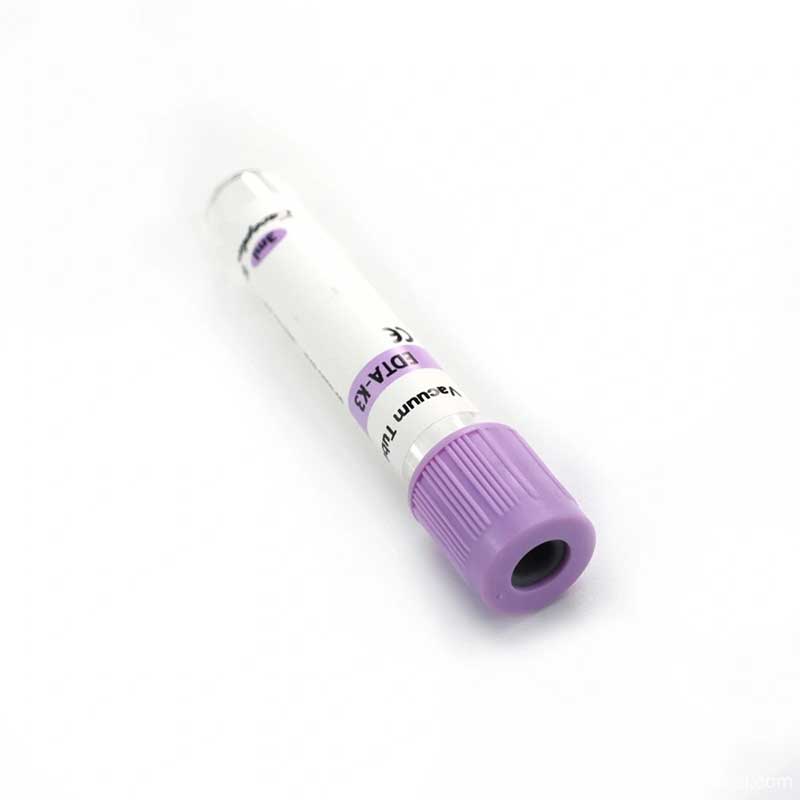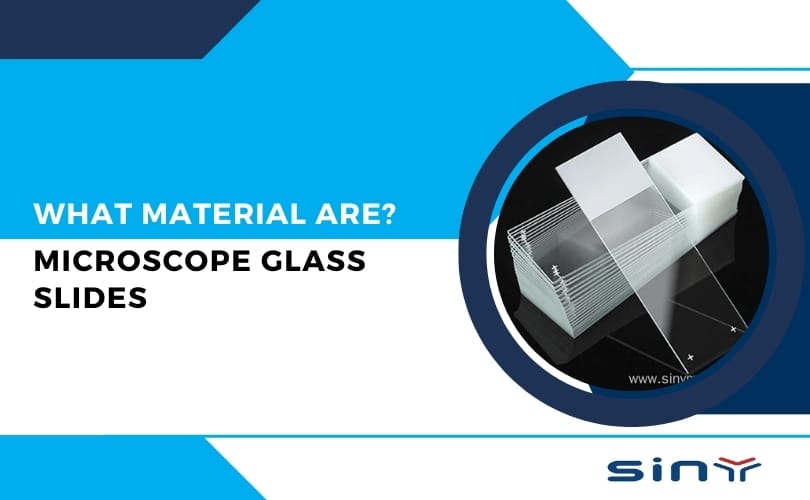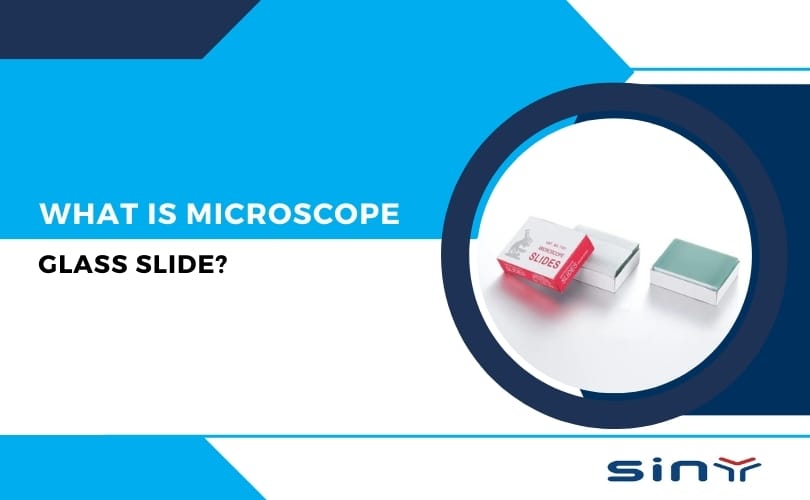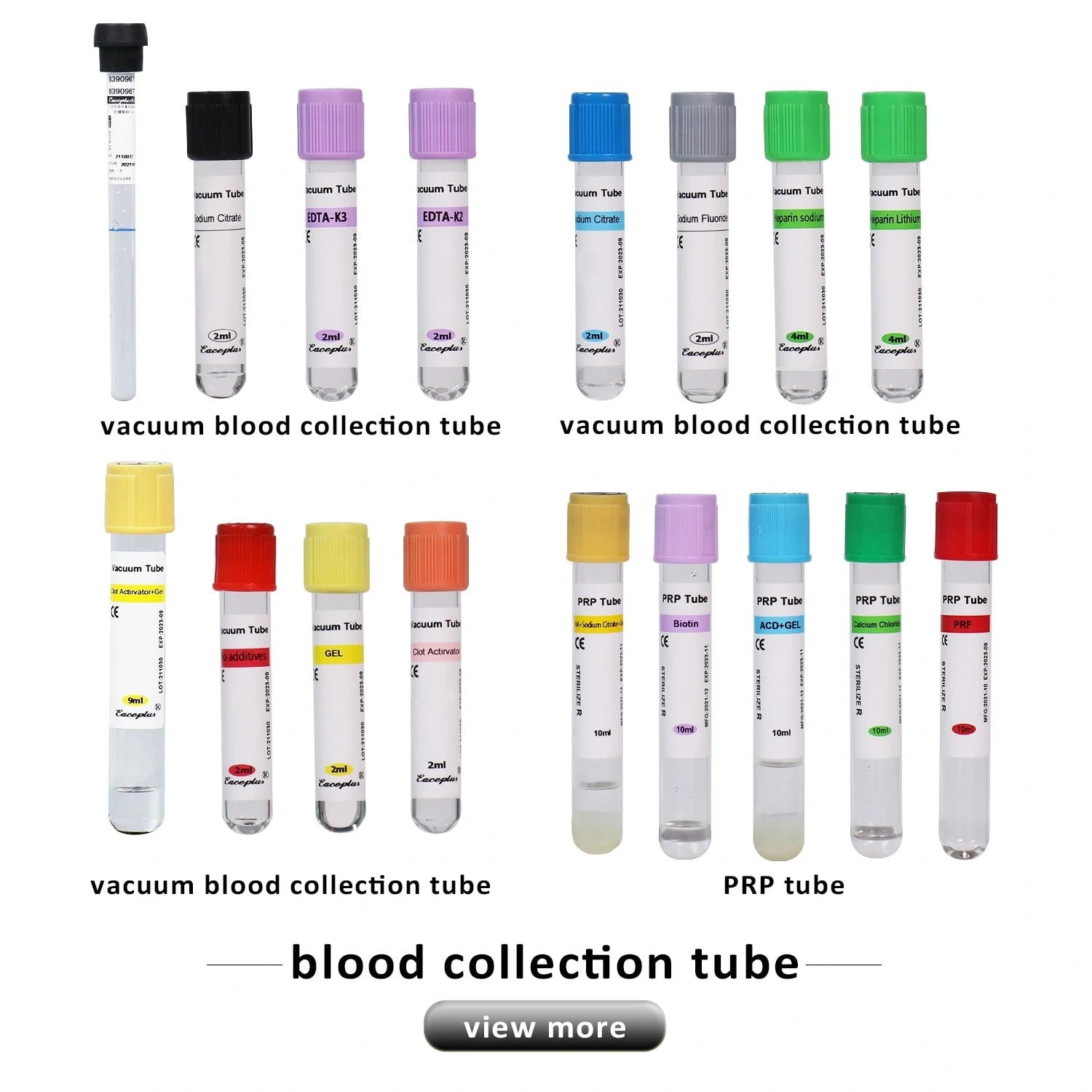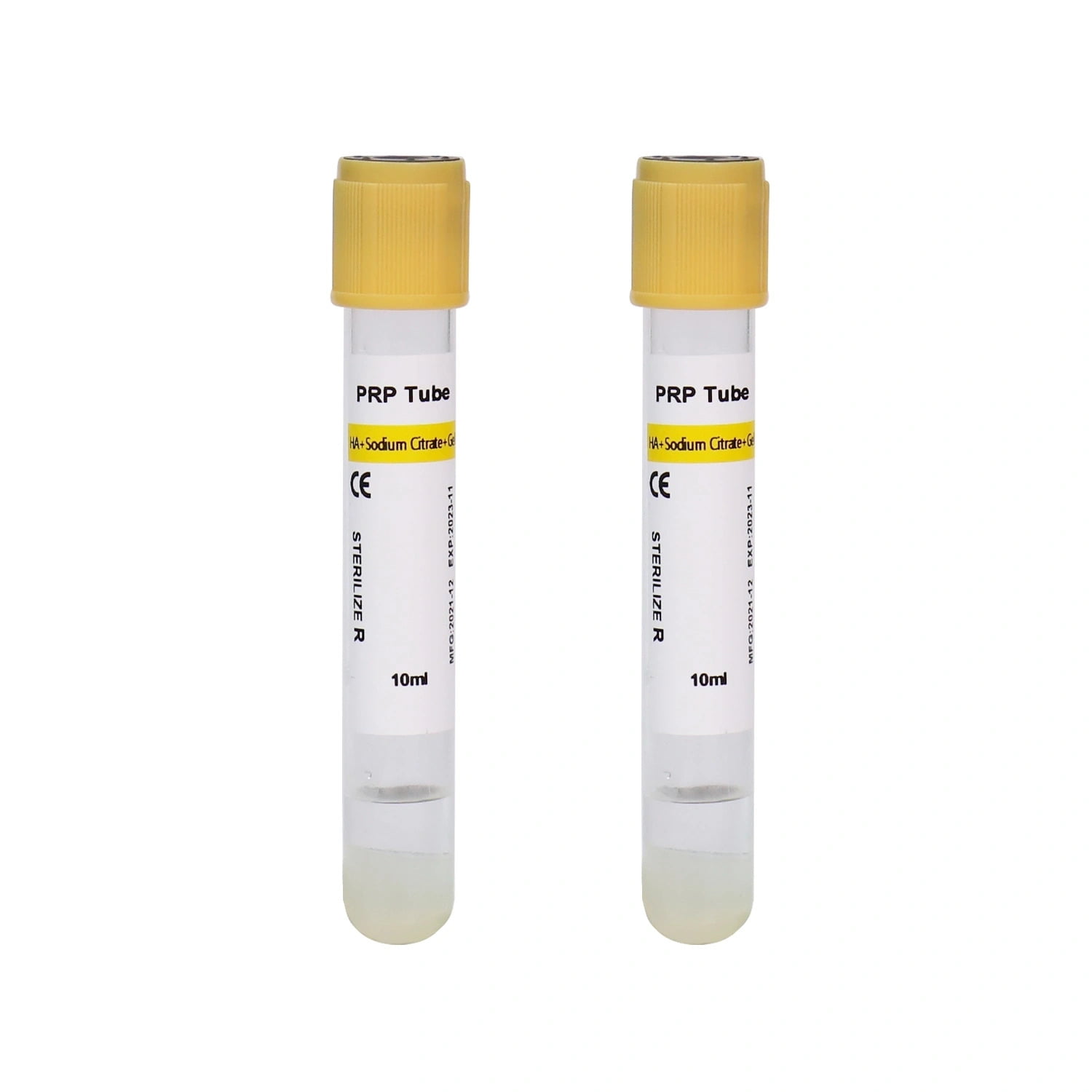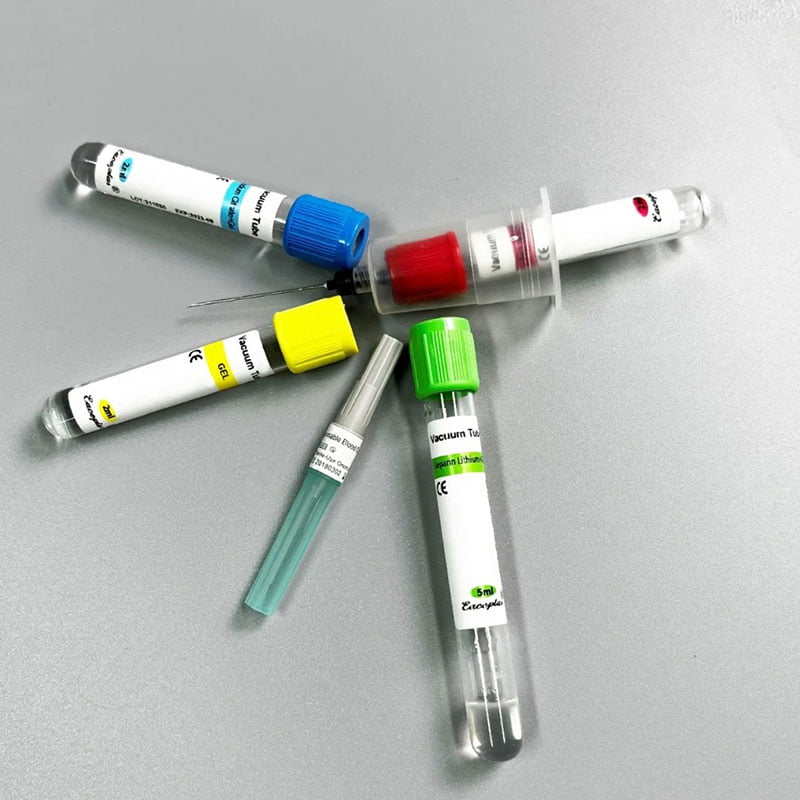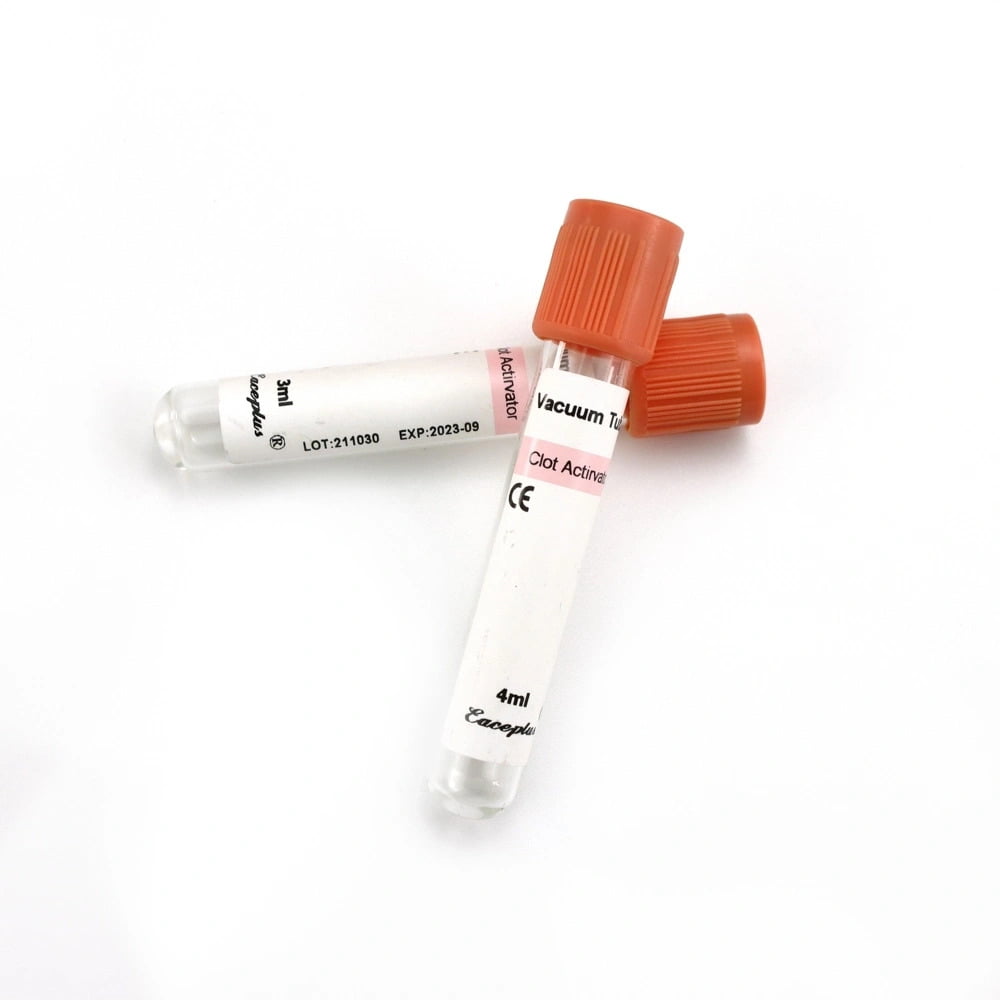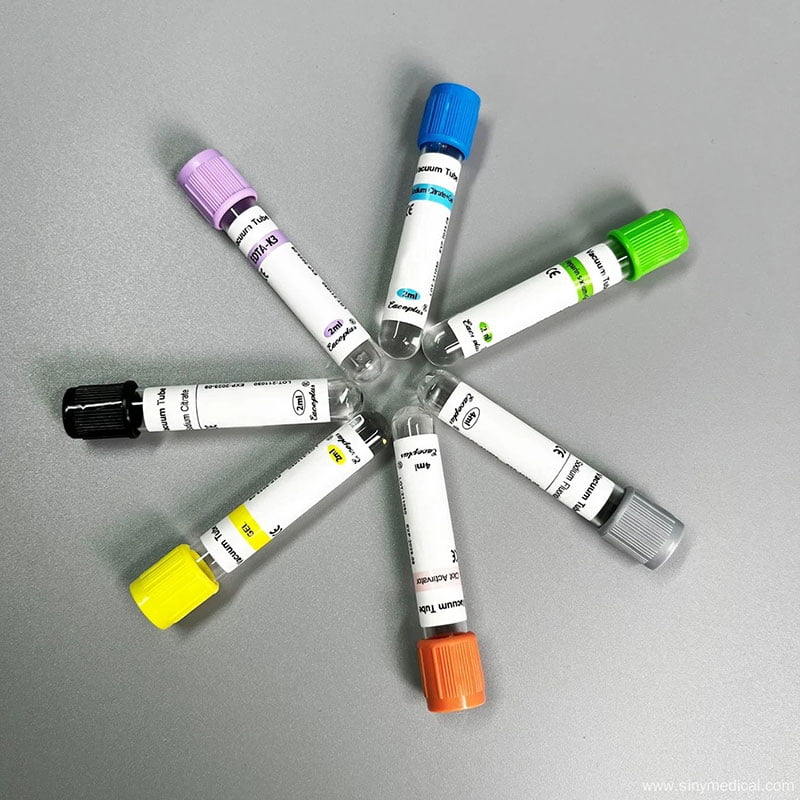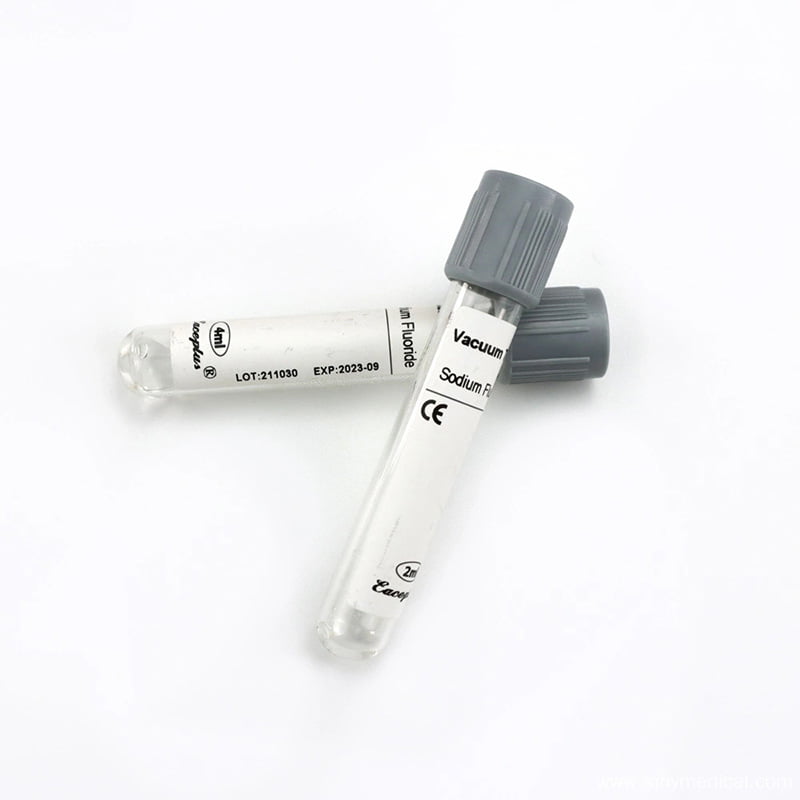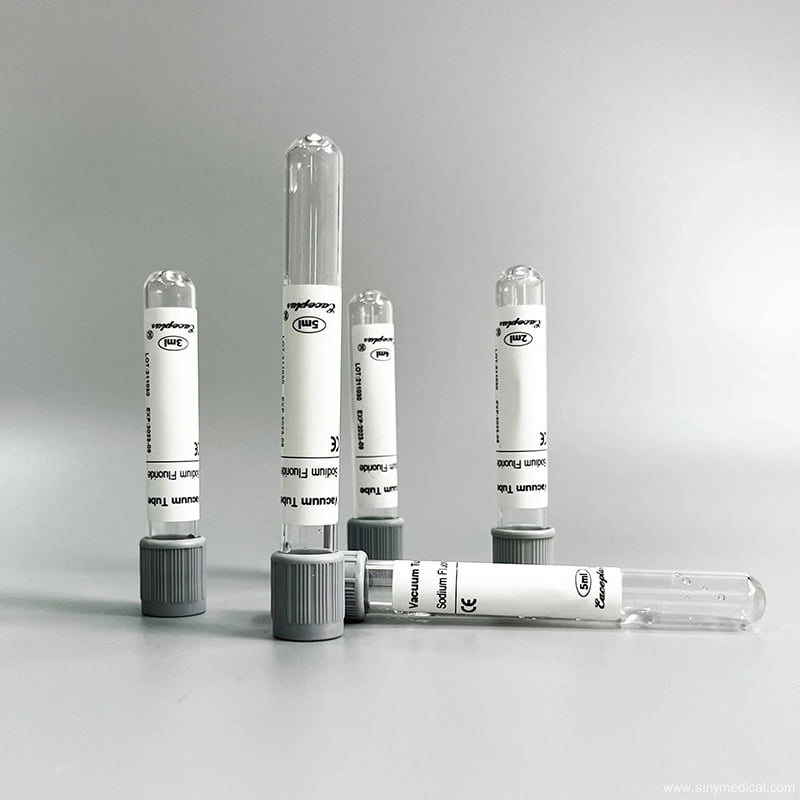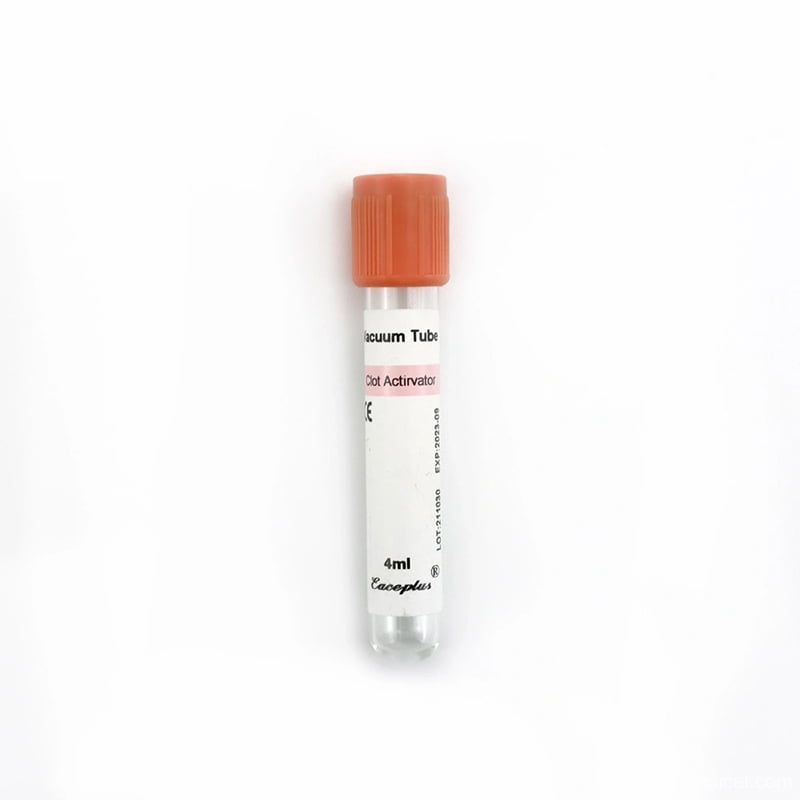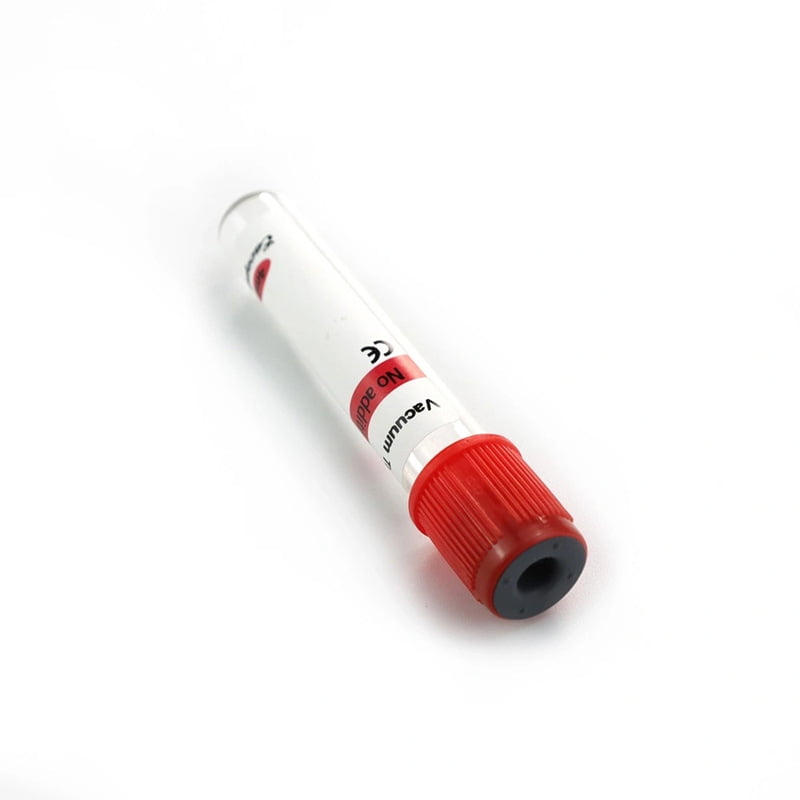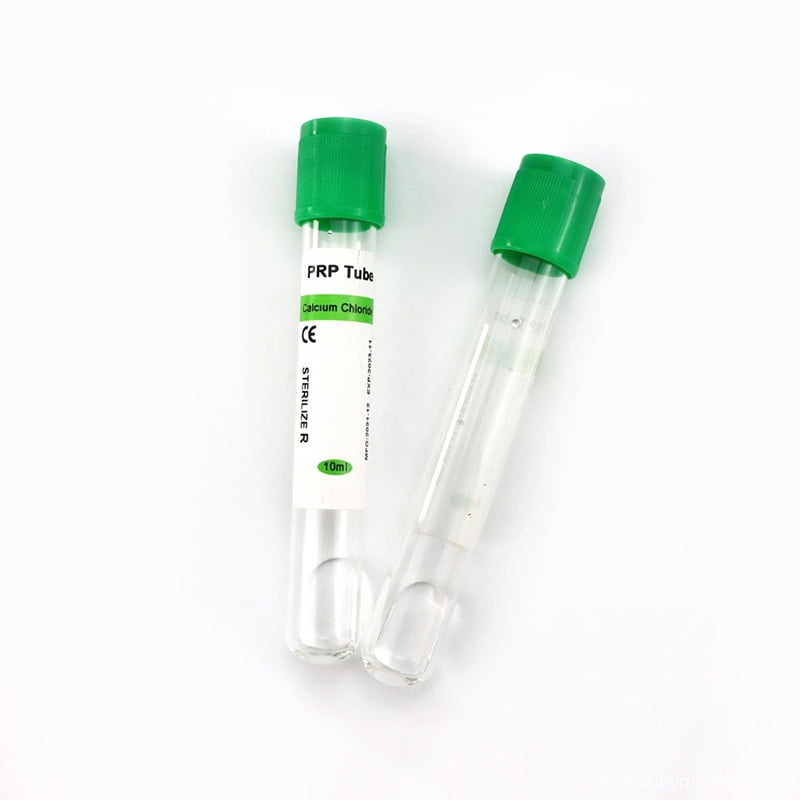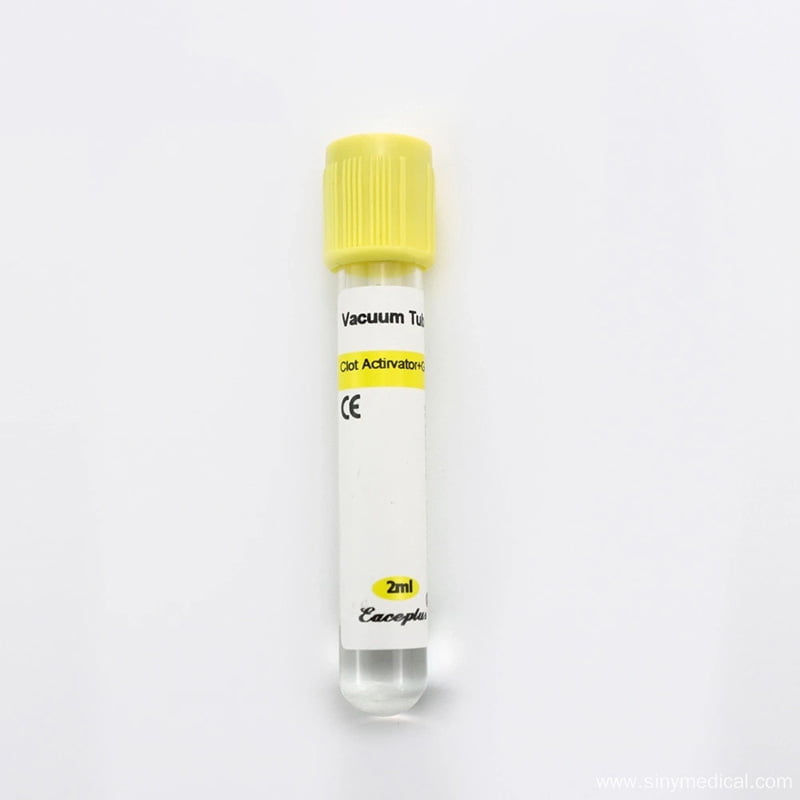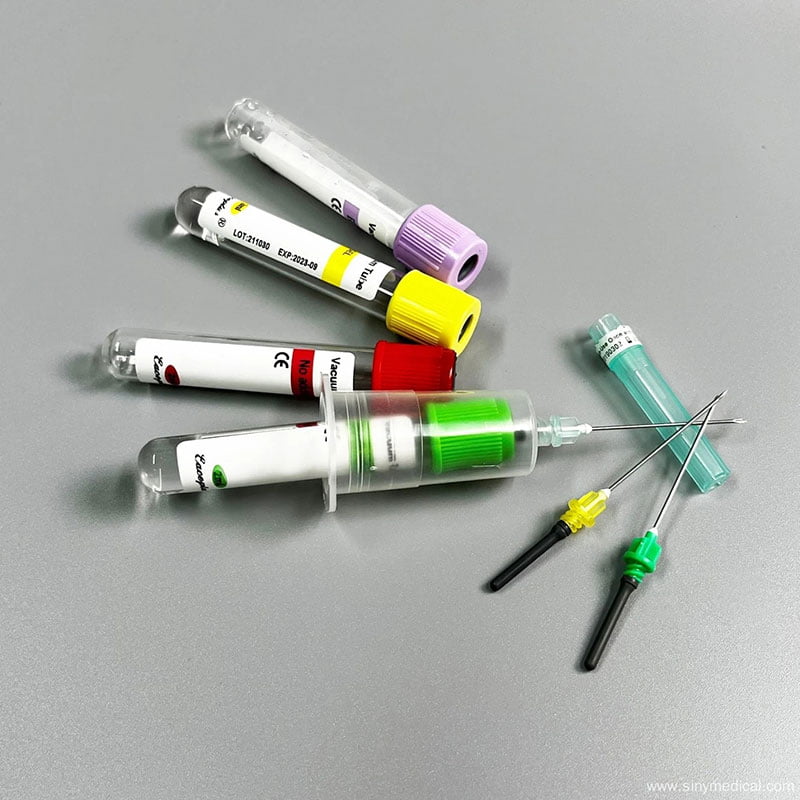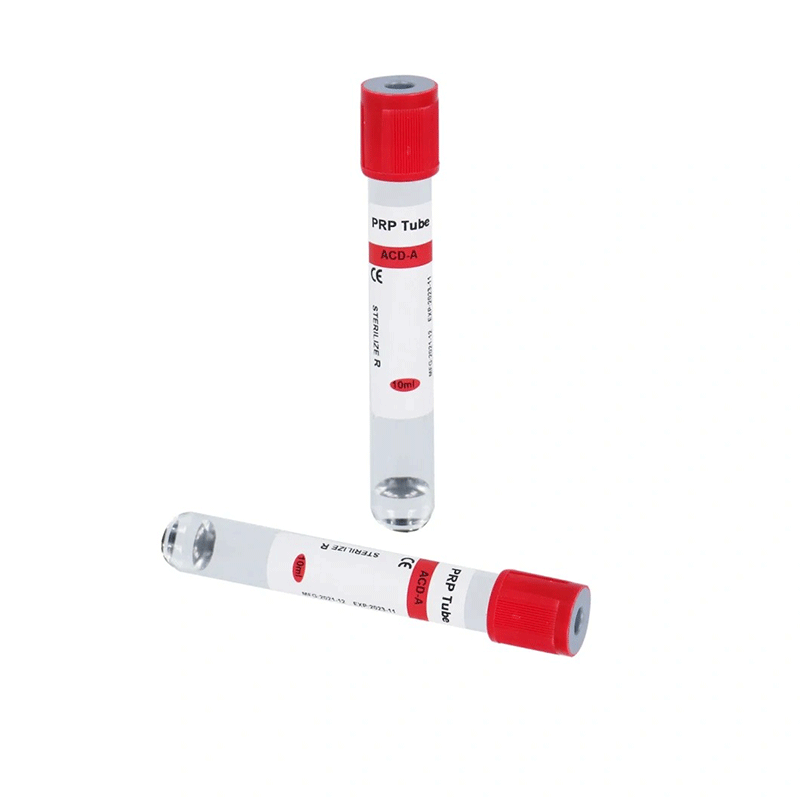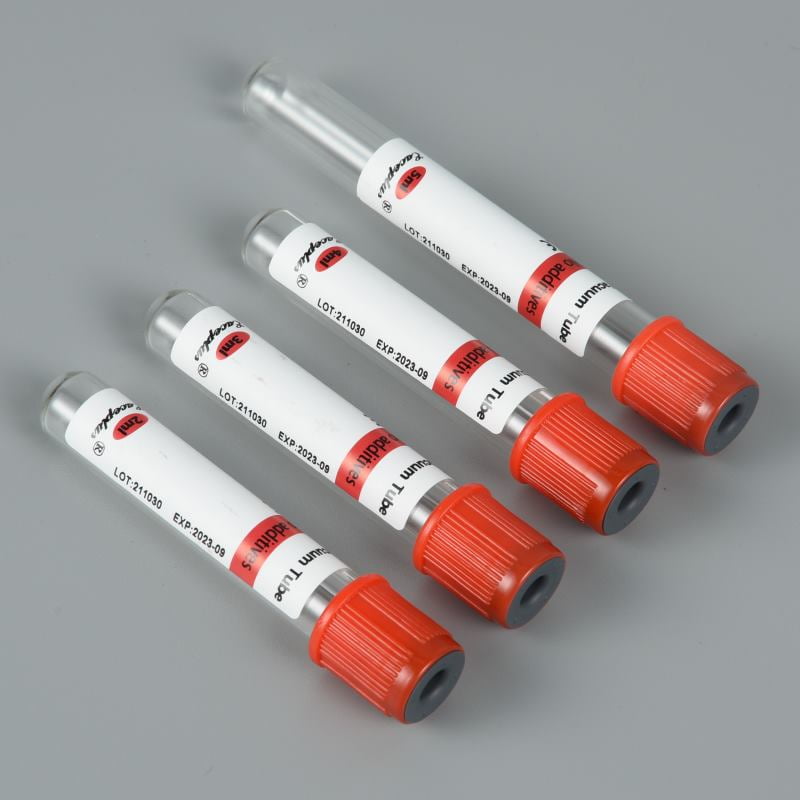Microscope glass slides are the silent heroes in every scientific lab — the foundation for everything under the lens. Without a properly manufactured slide, even the most advanced microscope can’t perform to its fullest potential. Microscope glass slides are typically made of optical quality glass, with the most common types being soda lime glass and borosilicate glass.
Table of Contents
What Material Are Microscope Glass Slides Made From?
The most common material used to manufacture microscope glass slides is soda-lime glass. This is a standard, affordable option that offers decent clarity and is suitable for most educational and routine lab applications. However, more precise or chemical-intensive applications prefer borosilicate glass.
Manufacturers primarily use sodium oxide (Na₂O), calcium oxide (CaO), and silicon dioxide (SiO₂) to compose soda-lime glass. This formulation offers good mechanical strength at low cost, but it cannot withstand high heat or harsh chemicals effectively.
Borosilicate glass, on the other hand, includes boron trioxide (B₂O₃), which significantly improves thermal and chemical resistance. This makes it ideal for applications like microbiology, histology, and clinical pathology.

According to multiple sources including Siny Medical’s product descriptions, high-quality slides are typically made from extra-clear soda-lime or borosilicate materials depending on the application and desired durability.
Microscope slides materials
Glass: Microscopists widely favor glass slides for their exceptional clarity, which enables accurate microscopic observations. Several types of glass are utilized in slide production:
Soda Lime Glass: Manufacturers most commonly use this glass for standard slide production. It’s affordable and well-suited for routine lab work.
Super White Glass: Known for its enhanced transparency, this glass delivers superior image clarity, making it ideal for precise microscopic examinations.
Borosilicate Glass: This glass type stands out due to its low thermal expansion rate, offering greater resistance to sudden temperature changes. Laboratories frequently use it in environments involving heat or harsh chemicals.
Plastic: Users select plastic slides less frequently, but they choose them when glass isn’t suitable. They’re lightweight, shatter-resistant, and often disposable — an advantage when working with biohazardous or infectious materials. However, plastic lacks the same optical quality as glass and can scratch more easily.
Ultimately, the choice between these materials depends on the specific needs of the lab, the type of analysis, and the desired balance between durability, clarity, and cost-effectiveness.
Types of Microscope Glass Slides and Their Applications
The variety in slide designs and coatings further enhances the performance of these materials. Let’s walk through the main types of microscope glass slides that cater to specific scientific needs:
Plain Glass Slides
Laboratory technicians use these untreated, standard slides for dry mounts, smears, and general microscopy. Siny Medical’s 7102 Plain Slides are made from high-grade soda lime for durability and clarity.
Frosted-End Slides
Perfect for labeling and specimen identification, frosted-end slides have one or both ends etched for writing. They’re crucial in multi-sample diagnostics.
Check out Siny’s Frosted-End Microscope Slides — designed for clean labeling and consistent readability.
Positive Charged Microscope Slides
These slides have a positively charged surface, allowing thin tissue sections or cells to adhere firmly during staining and washing procedures. Ideal for histology, cytology, and immunohistochemistry.
Explore Positive Charged Slides from Siny Medical and Microscopic Positive Charged Slides for premium adhesion.
Manufacturing Process of High-Quality Microscope Slides
Crafting reliable microscope glass slides isn’t just about cutting glass. It involves multiple precision steps to ensure clarity, cleanliness, and safety. Here’s how it’s done at professional manufacturing facilities like Siny Medical:
- Glass Sheet Selection: Manufacturers select high-purity sheets of soda lime, super white, or borosilicate glass.
- Cutting: Workers cut these sheets into standard or custom dimensions, typically 25mm x 75mm.
- Edge Grinding and Polishing: Manufacturers grind and sometimes bevel slide edges to prevent injury and sample damage.
- Washing and Sterilization: Ultrasonic machines thoroughly clean and sterilize slides to remove contaminants.
- Surface Treatments: Manufacturers apply chemical coatings like positive charge depending on the slide type.
- Packaging: We pack slides in dust-free boxes to maintain sterility and prevent scratches.
Summary
Microscope glass slides are crucial for accurate microscopic analysis. They come in various materials (glass, plastic) and types (plain, frosted, charged) to suit different applications. Choosing the right slide depends on your specific needs, whether for medical diagnostics, research, or education.
For premium-quality microscope slides, visit Siny Medical and explore our extensive product range. Have questions? Contact us today!
For more insights, check out our YouTube channel and Made-in-China profile.
FAQs: Microscope Glass Slides
What is the best material for microscope glass slides?
Glass, especially soda lime and super white glass, offers superior clarity and excellent resistance, making it the best choice. Borosilicate is ideal for high-temperature or chemical-intense applications.
Can plastic slides be reused?
No, plastic slides are typically disposable and are not suitable for high-magnification or chemical processes.
Do charged slides work better for all samples?
Charged slides help with tissue adherence but aren’t necessary for all sample types. Use them mainly in pathology or histology labs.
Is there a difference in image quality between super white and soda lime glass?
Yes. Super white glass provides higher light transmission, resulting in better contrast and finer image resolution under the microscope.
Where can I buy high-quality microscope slides?
You can order directly from Siny Medical’s official website or explore their full microscope slides category.

